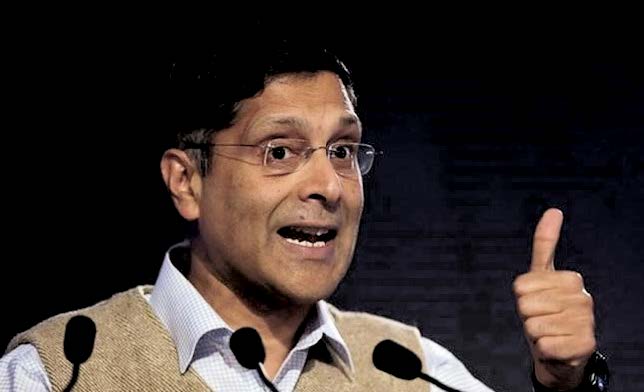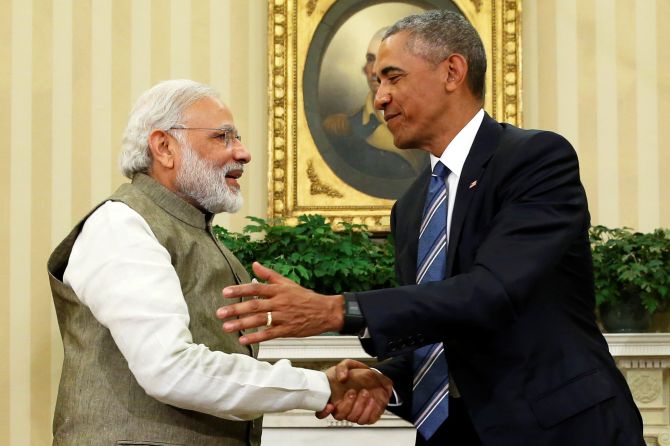Health

National Family health Survey in 2006. And India invests only 1 per cent of its gross domestic product in health care
Health is another major parameter which reflects the lop sided growth in the country since the independence. Average life expectancy in India has risen to 68.89 years from 32 years at the time of independence in 1947. As per an official estimate released in 2009, the life expectancy for males was 67.46 years while that for females was 72.61 per cent. However, it also brought out the fact that the infant mortality rate was as high as 40 deaths per thousand, one of the highest in the world.
Almost half of the country’s children under five are classed as chronically malnourished, and more than a third of Indians aged 15 to 49 are undernourished, according to India’s National Family health Survey in 2006.
The state of government hospitals and dispensaries in the country remains abysmal even as swanky, 5-star health facilities, have sprung up in the urban areas. These facilities, which at times match international standards, have given rise to what is called “medical tourism” in which foreign nationals or even the NRIs find it cheaper to get good health care facilities in India at one third of the cost abroad. Although the government has made it compulsory in some states for the new doctors to serve in the rural areas for some time but the facilities remain in a bad shape. The government has also been encouraging Ayurveda and other alternative modes of health care.
However, India invests only 1 per cent of its gross domestic product in health care, according to the Paris-based Organization for Economic Cooperation and Development. India’s healthcare expenditure, it found, was one of the lowest in the world.
Economy
Low agriculture output, little industrialization, low figure of national income, high poverty and unemployment, slow economic progress were the features of India’s economy at the time of Independence.
 India’s economy at the dawn of independence, which showed all signs of stagnation, was just Rs 2.7 lakh crore which has now ballooned to Rs 57 lakh crore and the nation’s foreign exchange reserves have crossed $ 300 billion. Economic growth surged to near double-digit levels between 2005-06 to 2007-08 compared with anaemic growth in the early years post independence. The growth has slowed due to slowdown in global and domestic economies. Another economic indicator is the foodgrain production which has more than doubled to a record 264 million tonnes in the last fiscal year.
India’s economy at the dawn of independence, which showed all signs of stagnation, was just Rs 2.7 lakh crore which has now ballooned to Rs 57 lakh crore and the nation’s foreign exchange reserves have crossed $ 300 billion. Economic growth surged to near double-digit levels between 2005-06 to 2007-08 compared with anaemic growth in the early years post independence. The growth has slowed due to slowdown in global and domestic economies. Another economic indicator is the foodgrain production which has more than doubled to a record 264 million tonnes in the last fiscal year.
The nation’s foreign exchange reserves at the time of Independence were only $ 2 billion which have grown to over$ 300 billions. Its imports have shot up at a faster pace than exports resulting in a widening gap in the trade balance.
At the time of independence 72 per cent of the work force was employed in agriculture and it contributed to nearly 50 per cent of the national income. Industrialisation was at a very low level with only 2 per cent of the work force employed in industries. The only industries which existed were cotton and jute industries. They also suffered a major setback, as at the time of partition major jute producing areas went to Pakistan while the processing industries remained in India.
Even as India has registered some strides in the socio-economics field since the independence, it still accounts for a third of the world’s poor, as per a study published by the World Bank recently. At least 32 per cent of India’s population lives below the international poverty line – spending less than US $1.2 a day – while about 68 per cent of the population lives on less than US $2 a day, the report said.
Continued on next page





Be the first to comment